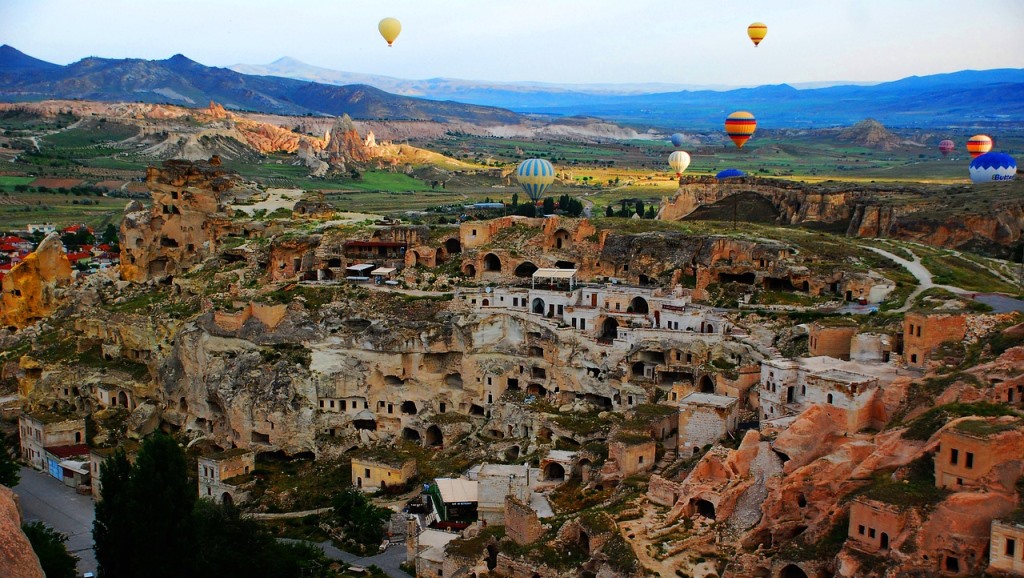The famous “architecture without architect” found in Cappadocia, Turkey has always been due primarily to its volcanic stone formations and transforming silhouettes.
In 1973, French architect Jack Avizou highlighted the essence of cave houses as vernacular building types and their potential for revitalizing the local tourism economy beyond conventional notions of architectural heritage.
Upon completing the restoration of cave houses in Uçhisar and transforming them to boutique hotels, he was nominated for Aga Khan Award for Architecture in 2010.
On the other hand, Aga Khan Award winner—Turkish architect Turgut Cansever—had also been advising an Argos Hotel project in Uçhisar since 1996. He gave importance to the concept of “protection” and preserved vernacular identity and characteristics despite the demands of the tourism sector.
This paper aims to explore Avizou and Cansever’s design solutions in Uçhisar’s local context. Building and spatial relations in interiors will be analyzed with cluster analysis and ranked according to levels of novelty. Hence, the achievement of creativity through transformation, combination and variation of original designs, will be displayed.
Understanding Avizou’s and Cansever’s visions on revitalization and adaptive reuse are substantial since their creativity shall be a source of inspiration for future sustainable tourism and building practices in a local and global context.

